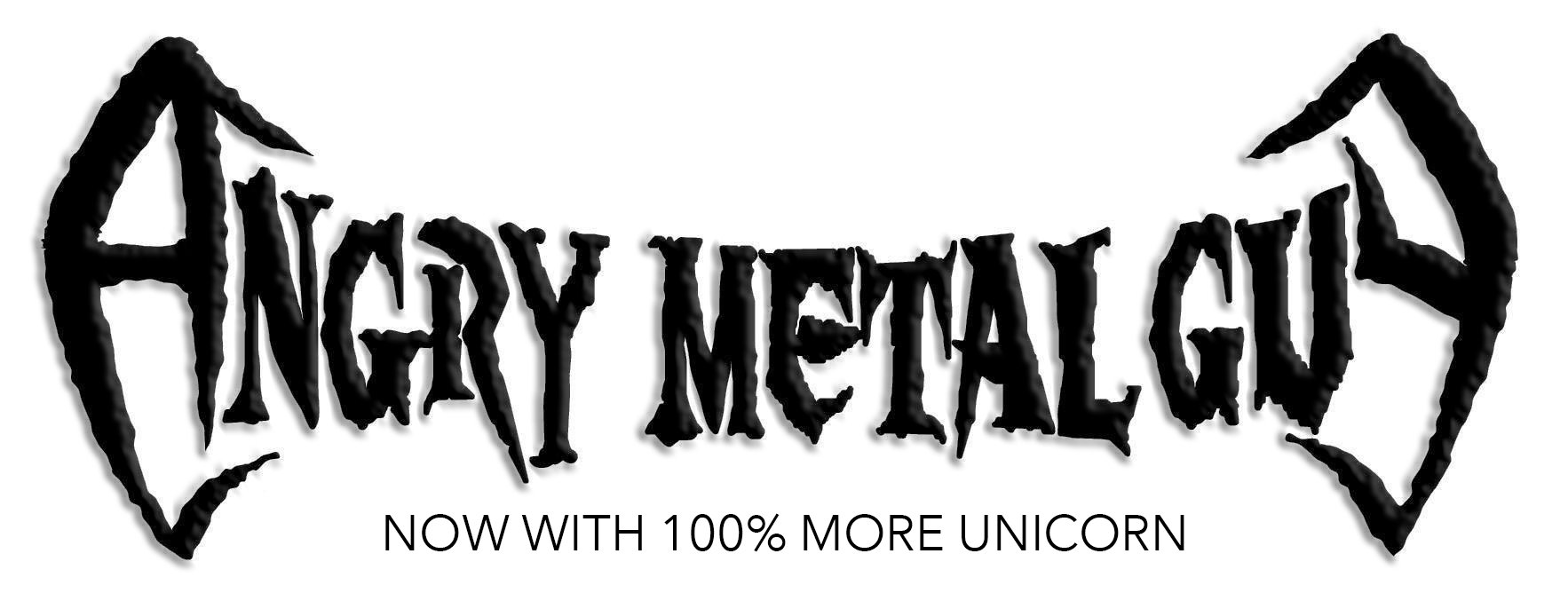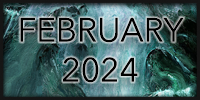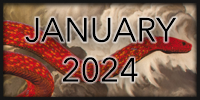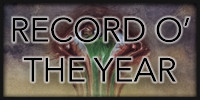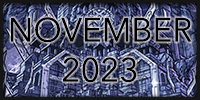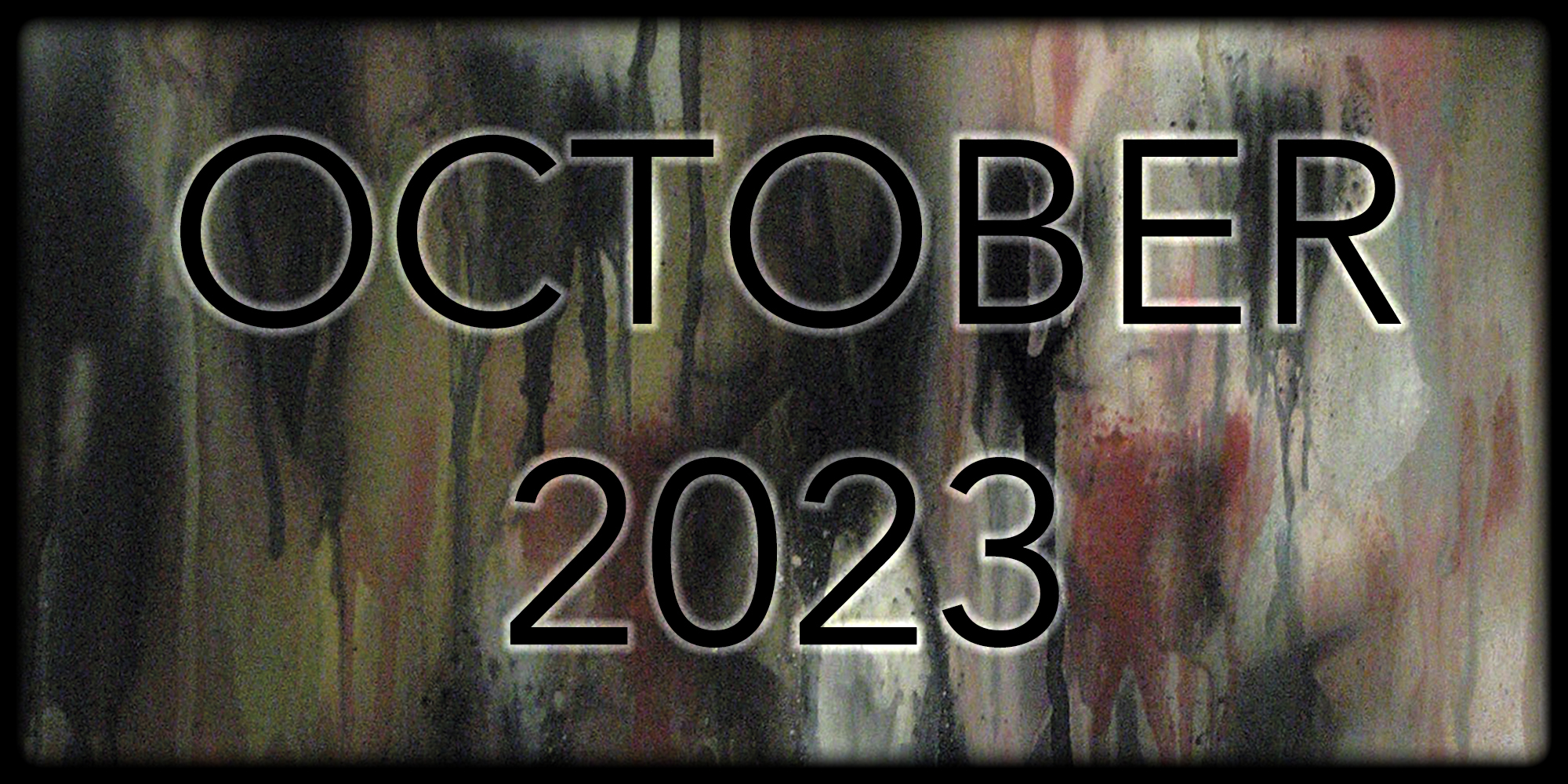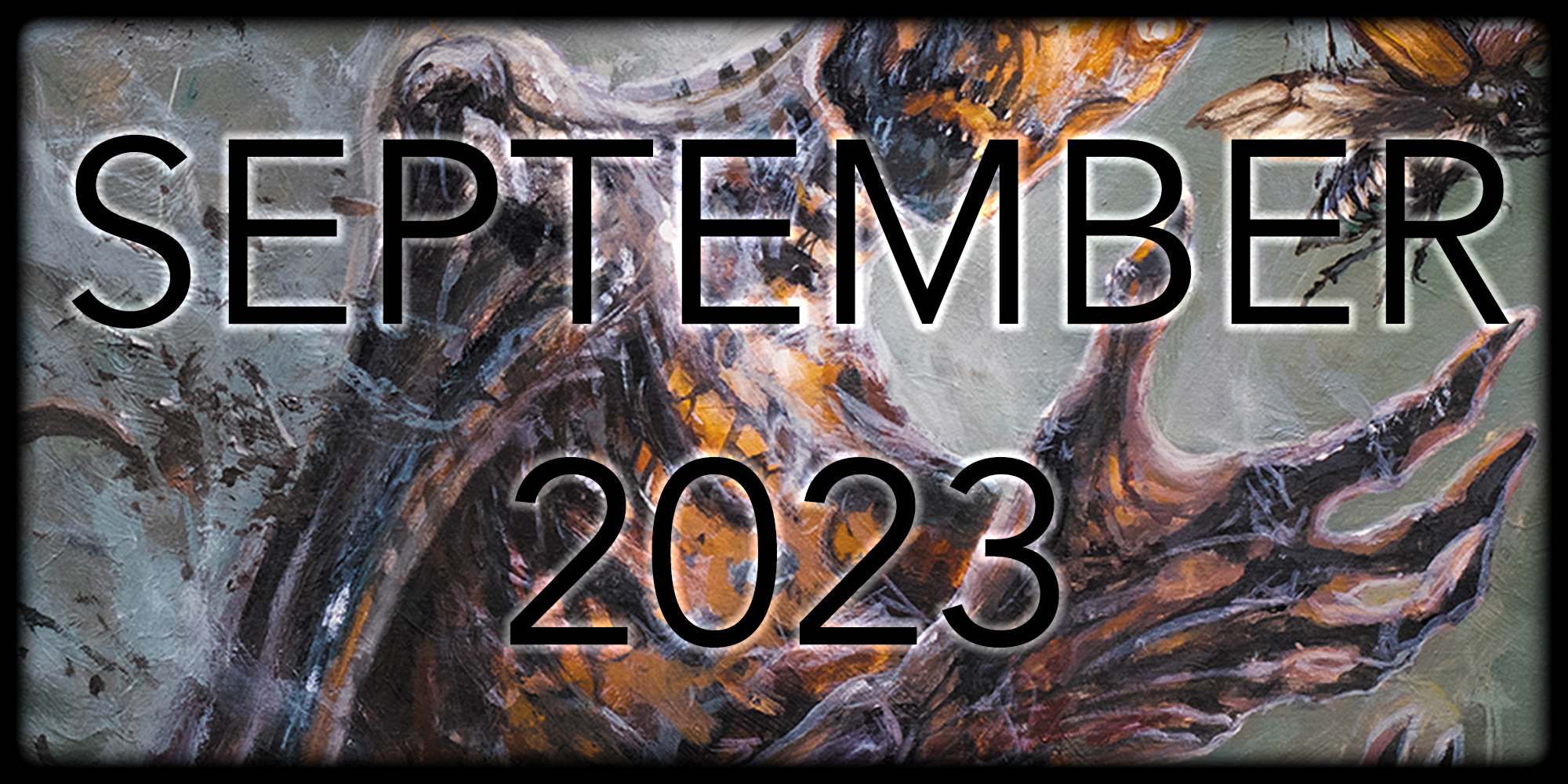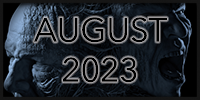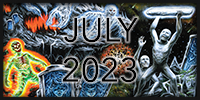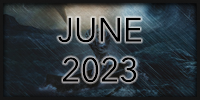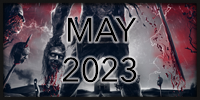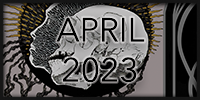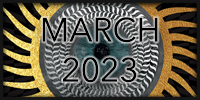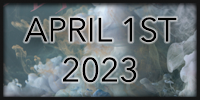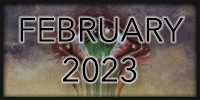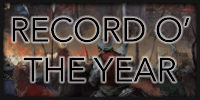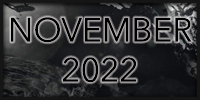The life of the unpaid, overworked metal reviewer is not an easy one. The reviewing collective at AMG lurches from one new release to the next, errors and nOObs strewn in our wake. But what if, once in a while, the collective paused to take stock and consider the discography of those bands that shaped many a taste? What if two three ONE aspects of the AMG collective personality shared with the slavering masses their personal rankings of that discography and what if the rest of the personality used a Google sheet some kind of dark magic to produce SAT BY IN AWE OF an official guide to, and all-around definitive aggregated ranking of, that band’s entire discography? Well, if that happened, we imagine it would look something like this…
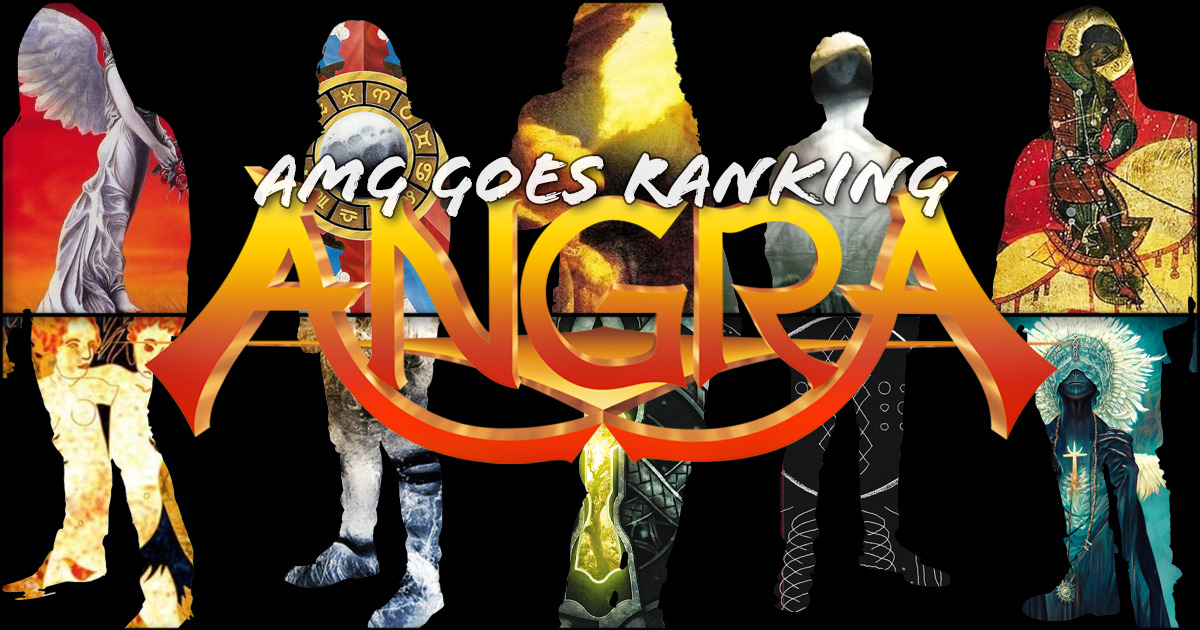
Angra is important to me. As an angry metal youth, power and thrash metal—part timing, excellency, and availability on Limewire—were my two biggest loves, and the mid-00s was at least kind to one of those. Caught somewhere between the flowery, galloping wank-fests of European power metal, and the heavier tone, shred-assisted US scene, Angra came to life in Brazil, a region where really only Sepultura reigned. And a little over a decade later, I found them and have been a fan ever since, even as my taste for the whimsical stylings of power metal has waned in older age.1
As any band whose sound leans on progressive elements and has been around this long, Angra exists in eras defined by member exodus and frontman reformation. Initially helmed by the sometimes hard to swallow, traditional falsetto wail of Andre Matos (RIP, 2019), Angra burst upon the heavy metal masses with assistance from European friend Alex Holzwarth (ex-[Luca Turilli’s] Rhapsody [of Fire], ex-Sieges Even), who was as “worlds away” as the power metal loving audience of that day. But persevering in their native Brazil, Angra developed a local lineup, which paved the way for regional and international success. So by the time Matos split and took the rhythm section with him to form Shaman, Angra had already become a fixture in their homeland, setting up this second generation guided by the voice of Edu Falaschi for the even wider spread acclaim they would garner. It only made sense then that the third wave saw Fabio Lione, then-current now former frontman of [(Luca) Turilli(/Lione)’s] Rhapsody [of Fire] (the only band with a potentially more management-troubled history), take the mic. More is more when you’re riding the Angra train.
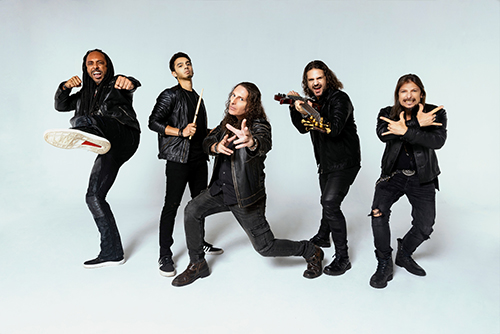
But despite the success, Angra largely continues to be a band that challenges their own sound in both dramatic and subtle ways with each release. No doubt some of this comes from many of the individual contributors’ dialed and practiced pedigrees, with long-time (now former) guitarist Kiko Loureiro boasting a world-class solo discog,2 legacy bassist Felipe Andreoli‘s various adventures across the jazzosphere, former drummer Aquiles Priester’s breadth of performance, and, of course, founding member Rafael Bittencourt’s heartfelt dedication to making Angra continue to work. Passion for music keeps the machine running and the fans listening, which is why we’re all excited for the upcoming tenth album Cycles of Pain… and why you, dear readers, are about to get a whole lot of Dolph.
– Dolphin Whisperer
The Ranking:
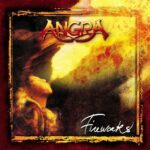 #9. Fireworks (1998). Being the bottom of the Angra pile isn’t necessarily a bad thing—Fireworks features some of the most neoclassical-influenced guitar dueling that Kiko Loureiro and Rafael Bittencourt had summoned to that point. And, to be quite honest, between the nylon and cutting tone layers of “Petrified Eyes” and the rollicking harpsichord sounds on “Lisbon” and “Paradise,” I don’t think Angra led quite this way afterward. Perhaps this direction left for Shaman with original vocalist Andre Matos, who provided all the keys sounds in addition to his continued hit-or-miss power metal wail. Despite certain songs that drag too long (“Paradise” through “Fireworks”), this Brazilian powerhouse produces absolutely inspired moments on the Van Halen-kissed intro to “Petrified Eyes,” the funky fresh bridge of “Metal Icarus,” and the true-to-name closer “Speed.” Not a complete dude, Fireworks offers plenty, just not a grand outro for this first era of Angra.
#9. Fireworks (1998). Being the bottom of the Angra pile isn’t necessarily a bad thing—Fireworks features some of the most neoclassical-influenced guitar dueling that Kiko Loureiro and Rafael Bittencourt had summoned to that point. And, to be quite honest, between the nylon and cutting tone layers of “Petrified Eyes” and the rollicking harpsichord sounds on “Lisbon” and “Paradise,” I don’t think Angra led quite this way afterward. Perhaps this direction left for Shaman with original vocalist Andre Matos, who provided all the keys sounds in addition to his continued hit-or-miss power metal wail. Despite certain songs that drag too long (“Paradise” through “Fireworks”), this Brazilian powerhouse produces absolutely inspired moments on the Van Halen-kissed intro to “Petrified Eyes,” the funky fresh bridge of “Metal Icarus,” and the true-to-name closer “Speed.” Not a complete dude, Fireworks offers plenty, just not a grand outro for this first era of Angra.
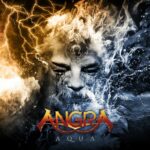 #8. Aqua (2010). Don’t get me wrong, this album is still good, but a few things have to end up at the bottom, that’s how a list works! Aqua landed at a time when power metal was rapidly falling out of fashion, and seemingly in response it sees Angra taking a stance more as a cinematic, progressive band with various synth layers being louder and more ubiquitous than any recording to date. This too was the close of an Angra era, the last album fronted by vocalist Edu Falaschi, who would go on to produce more albums that, well… kind of sound like this, but with a lot more practice and framed better around his aging voice. Sometimes these synth-heavy, big-screen cinematics land rather well (“Spirit of the Air, “Hollow”), particularly because the production favors the glitching and popping frequencies that the electronic inclusions provide. Though Falaschi’s croons push further than advisable often and receive some strange filtering effects (“Arising Thunder,” “Lease of Life”)—still more hits than clunkers.
#8. Aqua (2010). Don’t get me wrong, this album is still good, but a few things have to end up at the bottom, that’s how a list works! Aqua landed at a time when power metal was rapidly falling out of fashion, and seemingly in response it sees Angra taking a stance more as a cinematic, progressive band with various synth layers being louder and more ubiquitous than any recording to date. This too was the close of an Angra era, the last album fronted by vocalist Edu Falaschi, who would go on to produce more albums that, well… kind of sound like this, but with a lot more practice and framed better around his aging voice. Sometimes these synth-heavy, big-screen cinematics land rather well (“Spirit of the Air, “Hollow”), particularly because the production favors the glitching and popping frequencies that the electronic inclusions provide. Though Falaschi’s croons push further than advisable often and receive some strange filtering effects (“Arising Thunder,” “Lease of Life”)—still more hits than clunkers.
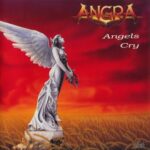 #7. Angels Cry (1993). This debut feels every bit of its thirty years of age that it is in this year of our Jørn, 2023. But that’s OK. Well except for that Kate Bush cover, “Wuthering Heights.” That’s not OK. Andre Matos’ heavily nasal, highly falsetto stylings—absolutely expected, slight pitchiness and all, in power metal this old—are already a hard sell, and if that song were the first thing you ever heard from Angra you’d tuck tail and run far, far away. But if you dive headfirst into this front-to-back, you get “Carry On,” “Angels Cry,” and “Evil Warning,” all tracks that show the budding guitar duo of Kiko Loureiro and Rafael Bittencourt weaving carefully layered, emotional leads over a kind of metal that you would never have expected from the country of Brazil, at the time. It’s an important album and displays many of the strengths that Bittencourt and his chosen cast would refine later, including the huge, rewarding closing cut—”Lasting Child” in this case, which features an additional touch of beautiful Matos’ piano work, a nice organic touch against the dated synth tones.
#7. Angels Cry (1993). This debut feels every bit of its thirty years of age that it is in this year of our Jørn, 2023. But that’s OK. Well except for that Kate Bush cover, “Wuthering Heights.” That’s not OK. Andre Matos’ heavily nasal, highly falsetto stylings—absolutely expected, slight pitchiness and all, in power metal this old—are already a hard sell, and if that song were the first thing you ever heard from Angra you’d tuck tail and run far, far away. But if you dive headfirst into this front-to-back, you get “Carry On,” “Angels Cry,” and “Evil Warning,” all tracks that show the budding guitar duo of Kiko Loureiro and Rafael Bittencourt weaving carefully layered, emotional leads over a kind of metal that you would never have expected from the country of Brazil, at the time. It’s an important album and displays many of the strengths that Bittencourt and his chosen cast would refine later, including the huge, rewarding closing cut—”Lasting Child” in this case, which features an additional touch of beautiful Matos’ piano work, a nice organic touch against the dated synth tones.
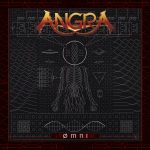 #6. Ømni (2018). Full disclosure, it gets pretty tough from here on up. To put it simply, Ømni gives a little more than it needs to. Angra has plenty of long albums and arguably most of those do not feel the impact from track-to-track—Fabio Lione’s presence alone isn’t enough, despite being legendary in the scene. On his second appearance with Angra, he feels most comfortable with tracks that allow him to find a soaring wail over mid-tempo power grooves (“Travelers of Time,” “Black Widow’s Web,” “Caveman”) and dip into anthemic prog/power fury (“Light of Trascendence,” “War Horns”). Bittencourt also lends his sultry croon to “The Bottom of My Soul” and “Silence Inside,” which consequently also have the most personality of all the tracks here. And the ones I didn’t mention? Again, it’s not that they’re bad, but when you’ve gotta hold me for an hour, I don’t need a throwaway crowd song (“Isania”), an OK ballad (“Always More”), or a reprisal outro that adds zero to the equation. In a race this tight, the details absolutely matter.3
#6. Ømni (2018). Full disclosure, it gets pretty tough from here on up. To put it simply, Ømni gives a little more than it needs to. Angra has plenty of long albums and arguably most of those do not feel the impact from track-to-track—Fabio Lione’s presence alone isn’t enough, despite being legendary in the scene. On his second appearance with Angra, he feels most comfortable with tracks that allow him to find a soaring wail over mid-tempo power grooves (“Travelers of Time,” “Black Widow’s Web,” “Caveman”) and dip into anthemic prog/power fury (“Light of Trascendence,” “War Horns”). Bittencourt also lends his sultry croon to “The Bottom of My Soul” and “Silence Inside,” which consequently also have the most personality of all the tracks here. And the ones I didn’t mention? Again, it’s not that they’re bad, but when you’ve gotta hold me for an hour, I don’t need a throwaway crowd song (“Isania”), an OK ballad (“Always More”), or a reprisal outro that adds zero to the equation. In a race this tight, the details absolutely matter.3
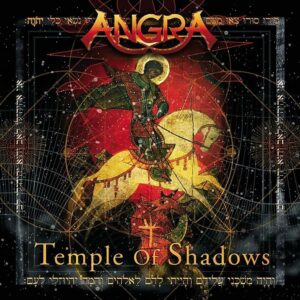 #5. Temple of Shadows (2004). “Together we waaaait in siiilence”—I could listen to “Waiting Silence” on repeat for days. From the gentle chorus chord hits that build tension, to the monster choir-layered main refrain, to the jaw-dropping Loureiro solo, it represents just about everything this version of Angra could do right. As the second installment in the Falaschi era, it also represents the first concept album since Holy Land, and, as such stretches a fantasy narrative to a potentially unnecessary degree in the name of that choice. It’s the longest Angra album, and many of the epic numbers that add to that runtime absolutely earn their keep (“The Shadow Hunter,” “No Pain for the Dead,” “Morning Star”). But with Falaschi operating in his prime, the duet song “The Temple of Hate” with Kai Hansen (Gamma Ray, Helloween) feels unnecessary—even hurt by Hansen’s goblin-y squeal. And though Hansi Kürsch (Blind Guardian, ex-Demons & Wizards) carries his performance undeniably well, his different timbre takes me out of the environment that Falaschi builds for himself. A concept album should be doing everything to make the total environment engrossing. The closing orchestral reprise does feel fitting here, at least, and the numerous non-synth instrument layers add tons of depth to this release and make it easy to return to if you have the time.
#5. Temple of Shadows (2004). “Together we waaaait in siiilence”—I could listen to “Waiting Silence” on repeat for days. From the gentle chorus chord hits that build tension, to the monster choir-layered main refrain, to the jaw-dropping Loureiro solo, it represents just about everything this version of Angra could do right. As the second installment in the Falaschi era, it also represents the first concept album since Holy Land, and, as such stretches a fantasy narrative to a potentially unnecessary degree in the name of that choice. It’s the longest Angra album, and many of the epic numbers that add to that runtime absolutely earn their keep (“The Shadow Hunter,” “No Pain for the Dead,” “Morning Star”). But with Falaschi operating in his prime, the duet song “The Temple of Hate” with Kai Hansen (Gamma Ray, Helloween) feels unnecessary—even hurt by Hansen’s goblin-y squeal. And though Hansi Kürsch (Blind Guardian, ex-Demons & Wizards) carries his performance undeniably well, his different timbre takes me out of the environment that Falaschi builds for himself. A concept album should be doing everything to make the total environment engrossing. The closing orchestral reprise does feel fitting here, at least, and the numerous non-synth instrument layers add tons of depth to this release and make it easy to return to if you have the time.
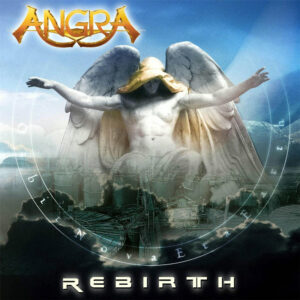
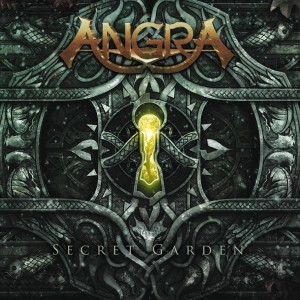 #3. Secret Garden (2014) – I never expected Lione and Angra to work. Between his Rhapsody [of Fire] histrionics and my perception of Angra as something of a band rooted less in the “wizards and dragons” identity of European power metal, skepticism heavily colored my anticipation of this release. But immediately summoning a rasp that Lione would only find in passing on many previous efforts, “Newborn Me” screams emblematic against anyone, myself included, who held this belief. Fortunately, too, Angra has always had a cinematic edge to many of their most ambitious releases. And the increased synth presence that made Aqua an uneven ride feels at home with the introductory urgency of “Newborn Me,” the electronic waning of “Final Light,” the dramatic operatic crush of “Upper Levels”—you name it, it works. Our own Angra Metal Guy said it best as he explained that “while Secret Garden never pushes into truly novel territory, it executes Angra’s brand of power/prog with alacrity.” And it’s true, mostly, except for the fact that Bittencourt had been hiding a rock-ready, emotional croon that we get to hear bridge the weight of “Storm of Emotions” and rejuvenated Doro’s tired cries on “Crushing Room”—shit, Lione and Bittencourt trade Sting impressions on “Synchronicity II” like they’ve been doing it forever. All these years, Bittencourt had been the secret heart of Angra.
#3. Secret Garden (2014) – I never expected Lione and Angra to work. Between his Rhapsody [of Fire] histrionics and my perception of Angra as something of a band rooted less in the “wizards and dragons” identity of European power metal, skepticism heavily colored my anticipation of this release. But immediately summoning a rasp that Lione would only find in passing on many previous efforts, “Newborn Me” screams emblematic against anyone, myself included, who held this belief. Fortunately, too, Angra has always had a cinematic edge to many of their most ambitious releases. And the increased synth presence that made Aqua an uneven ride feels at home with the introductory urgency of “Newborn Me,” the electronic waning of “Final Light,” the dramatic operatic crush of “Upper Levels”—you name it, it works. Our own Angra Metal Guy said it best as he explained that “while Secret Garden never pushes into truly novel territory, it executes Angra’s brand of power/prog with alacrity.” And it’s true, mostly, except for the fact that Bittencourt had been hiding a rock-ready, emotional croon that we get to hear bridge the weight of “Storm of Emotions” and rejuvenated Doro’s tired cries on “Crushing Room”—shit, Lione and Bittencourt trade Sting impressions on “Synchronicity II” like they’ve been doing it forever. All these years, Bittencourt had been the secret heart of Angra.
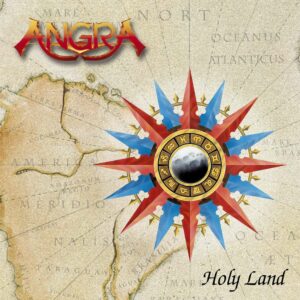 #2. Holy Land (1996). Not as raw-voiced as Angels Cry and justifying its length through narrative better than what Angra would try later with Temple of Shadows, Holy Land stands as the premier offering of Angra’s first era and one of finest they’ve ever produced. Part of this comes from the sheer fun that tracks like the percussion-forward “Carolina IV,” the bossa nova-tinged, berimbau-assisted “Holy Land,” and the overblown “Z.I.T.O” radiate. Not to mention, for an album that pushes an hour, each moment feels vital, from the enrapturing hymnal opener “Crossing” that leads through storm crashes into “Nothing to Say” to the recalled basilical languish of “Deep Blue.” While the debut didn’t lack an identity, these little touches mark the first time Angra stood proudly as a Brazilian band, which is kind of a big deal. Yes, some of the synth choices definitely sound like 1996, and yes, Angra couldn’t go without a ballad (“Make Believe”). But thankfully Matos makes up for that heavy schmaltz with a delicately piercing performance on the somber “Silence and Distance” and closing “Lullaby for Lucifer.” The exposition-driven and long-phrase tracks are what he was always meant to sing.
#2. Holy Land (1996). Not as raw-voiced as Angels Cry and justifying its length through narrative better than what Angra would try later with Temple of Shadows, Holy Land stands as the premier offering of Angra’s first era and one of finest they’ve ever produced. Part of this comes from the sheer fun that tracks like the percussion-forward “Carolina IV,” the bossa nova-tinged, berimbau-assisted “Holy Land,” and the overblown “Z.I.T.O” radiate. Not to mention, for an album that pushes an hour, each moment feels vital, from the enrapturing hymnal opener “Crossing” that leads through storm crashes into “Nothing to Say” to the recalled basilical languish of “Deep Blue.” While the debut didn’t lack an identity, these little touches mark the first time Angra stood proudly as a Brazilian band, which is kind of a big deal. Yes, some of the synth choices definitely sound like 1996, and yes, Angra couldn’t go without a ballad (“Make Believe”). But thankfully Matos makes up for that heavy schmaltz with a delicately piercing performance on the somber “Silence and Distance” and closing “Lullaby for Lucifer.” The exposition-driven and long-phrase tracks are what he was always meant to sing.
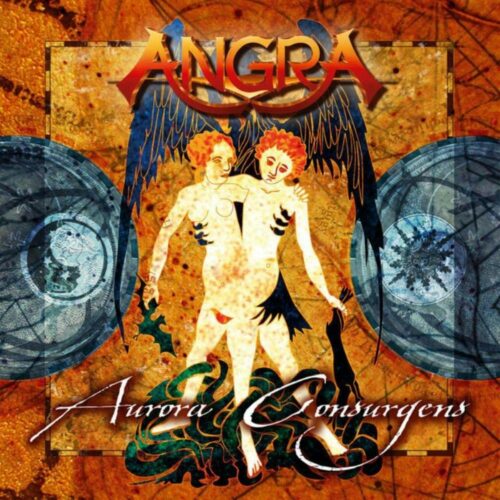
#1. Aurora Consurgens (2006). I honestly don’t get why people knock on this album. Sure, there’s no grand scheme on it like the preceding Temple of Shadows or the older Holy Land. But what does that matter when every song comes loaded with a unique and memorable intro that falls into Angra at their most free and urgent. The touch-and-go guitar wizardry of “The Void Commanding You,” the moody bass-tapping of “Ego Painted Grey,”4 the classic power metal guitar duel of “Window to Nowhere,” the synth-led chord build of “Scream Your Heart Out”—I could sit here and explain every song in focused and elated detail because they are just that emblazoned in my mind. Loureiro and Bittencourt hold nothing back from their book of tricks to escalate every song along somber or exuberant paths, and Falaschi sounds as confident in his voice as he would until his solo work much later in life.5 Aurora Consurgens doesn’t sit atop my list for being the most ambitious or critically noteworthy release in Angra’s career. Rather, as an expression of pure prog/power joy and elegantly technical anthem, it champions both my inner audience that yells at the top of each chorus and my inner shredder whose fingers move along in nonsense with each passing fret run. I don’t need to be in a specific mood to hit this—throughout the past seventeen years, I just find my way to the play button and smile.
The Primer: No “Wuthering Heights” allowed, at least not by Angra.
- Angels Cry (1993)
– “Carry On”
– “Angels Cry” - Holy Land (1996)
– “Nothing to Say”
– “Holy Land” - Fireworks (1998)
– “Petrified Eyes”
– “Metal Icarus” - Rebirth (2001)
– “Millennium Sun”
– “Judgement Day” - Temple of Shadows (2004)
– “Waiting Silence”
– “The Shadow Hunter” - Aurora Consurgens (2006)
– “The Course of Nature”
– “The Voice Commanding You”
– “Passing By” - Aqua (2010)
– “Spirit of the Air”
– “Hollow” - Secret Garden (2014)
– “Storm of Emotions”
– “Upper Levels” - Ømni (2018)
– “Travelers of Time”
– “Ømni – Silence Inside”
Angra’s tenth full-length album Cycles of Pain will be released on November 3rd worldwide via Atomic Fire Records. Let the power flow through you.
